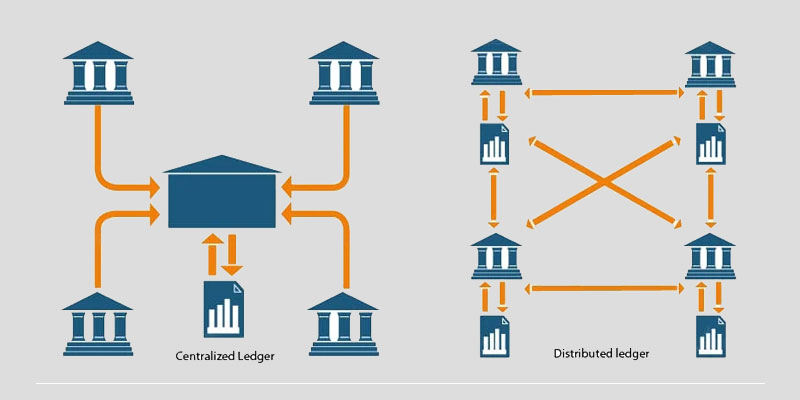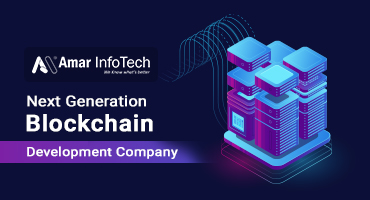Let's Connect fastest growing future tech web 3.0 blockchain group to connect & share with same minded people
What are the differences between blockchain and traditional databases?
 Blockchain
Blockchain
What are blockchain and traditional databases?
Blockchain is a new version of a database known as a distributed public ledger. Recently, Blockchain technology is emphasised more due to its decentralised features. In simple terms, it is a storage system of transactions in the most secure way.
A traditional database is based on client-server architecture. Where systematic coding is required to furnish the data and also a few queries and conditions to get the desired data.
Now, after understanding both, the major findings is that though both are contributing to the storage of data, there are vast differential factors between the two. Here are those.

Decentralised approach
The major differentiation prevails in the control which is decentralised for Blockchain. So, many affiliated differences arise when the whole system is decentralised.
It means blockchain is not controlled by any central authority like for traditional databases it is controlled by the admin.
Security, Transparency and Integrity
Other differences exist in the security, transparency and integrity of both the database technology. Blockchain technology is unhackable and highly secured regarding data storage. Moreover, it is an immutable public ledger so once the data is fed then there is no chance of remitting it.
While traditional databases are mutable, they allow CRUD operations where users can Create, Read, Update and delete. So, there are chances of remitting the crucial data and displaying the data. So, comparatively traditional databases are less secure than blockchain.
Cost and time
As blockchain is evolving technology, development in the blockchain is costly compared to the traditional database. As resources are scared and developers may demand high rates. However, its advantages can forgo everything we spent.
Blockchain is comparatively slow as TPS transactions per second are low. A traditional database is faster and creates a huge database in minutes. Blockchain is a computer-based network so it will reach each network and furnish the data. So, it is a lengthy process and requires time.
Working patterns and storage system
Blockchain stores data in block format and once the data is entered it can’t be removed. It holds a public ledger where anyone can read and write the data. A computer-based network where data is shared and distributed for everyone.
For example, if a transaction says that I have traded 4 bitcoin at a specific date and on the same day I traded another 5 bitcoin but it will execute another transaction. And the two separate transactions were recorded for a single day. It will not show a total of 9 coins transactions. It will show the previous record and a new block added for the second transaction. The previous one will stay there. so this is how the mechanism works.
While traditional databases store data in the cloud or physical harddisks. We can get the required data from the backend queries and conditions. So far, companies and developers are used to it. They are comfortable in creating a huge database and queries relating to it.
However, a traditional database is not delivering the 100% security that blockchain offers.
Endnotes
So, we feel these are the major differentiating points between blockchain and traditional databases. Each one is serving different purposes. Now, it completely depends on the company and their requirements on what to accept and what to reject. Many giant companies have already developed their database with blockchain format and some are continuing with the traditional one.
So, what do you think about these two databases? And what are your views relating to the development of blockchain-based databases?
Author Name : Kiran Sagar





